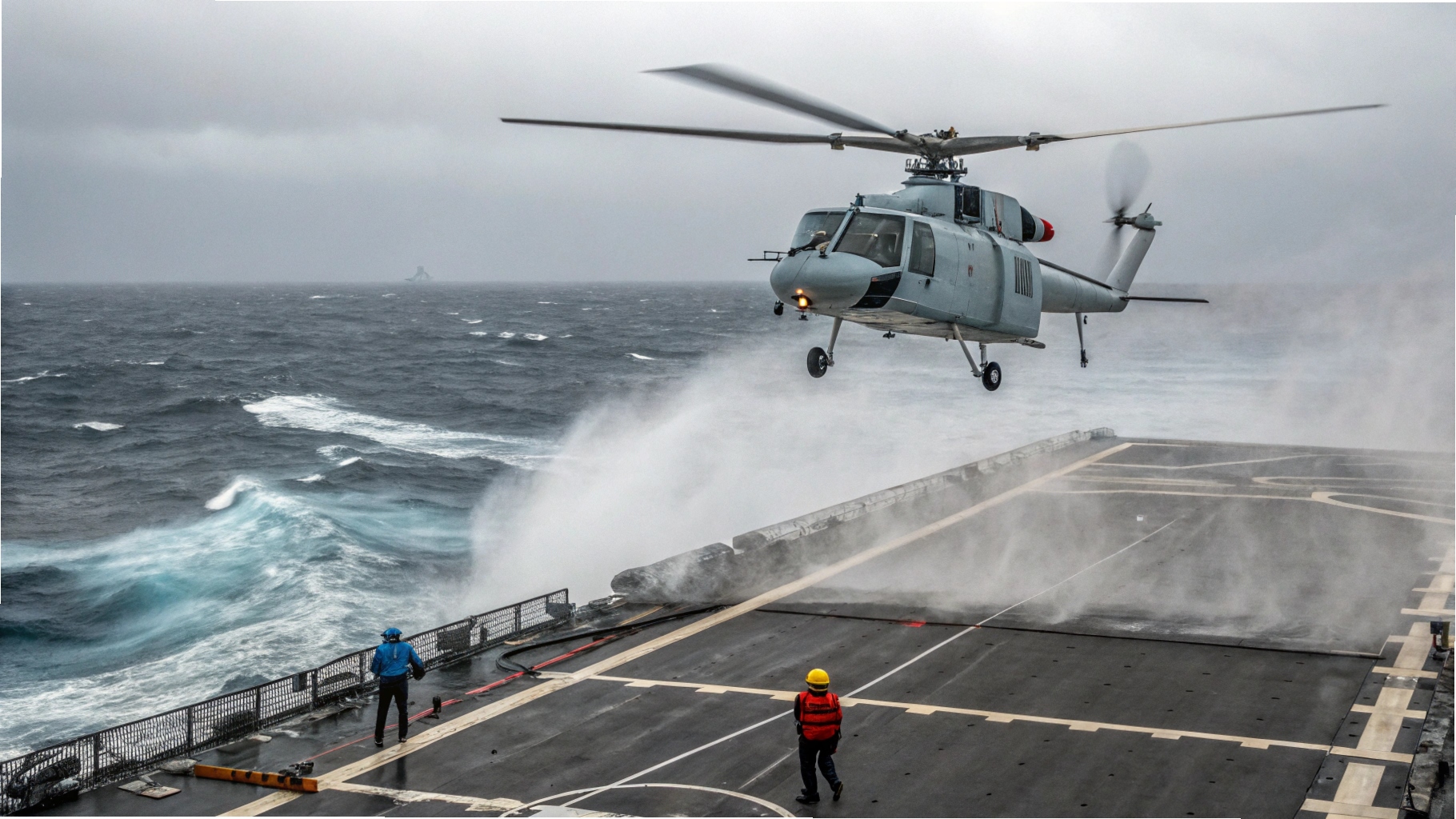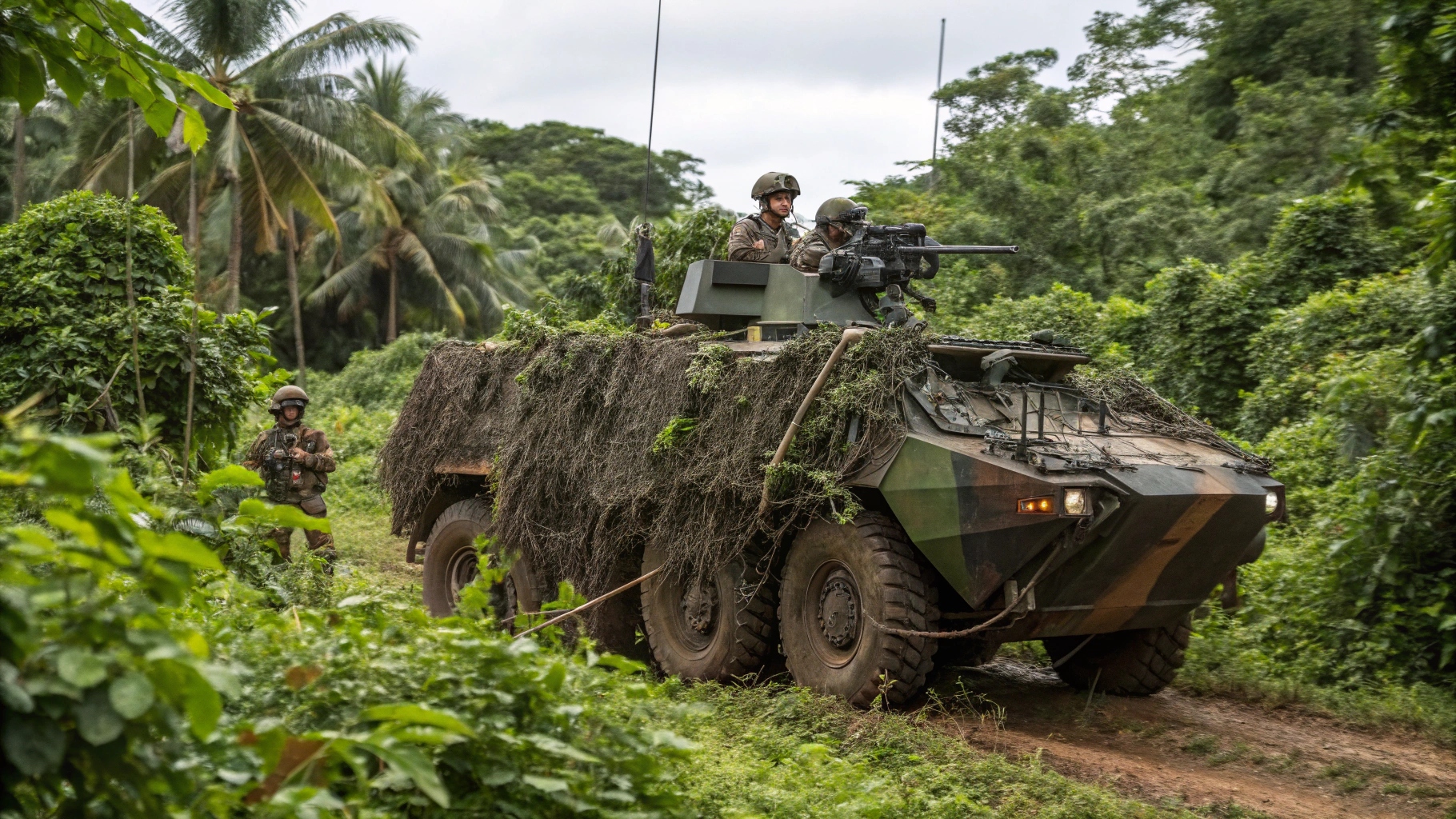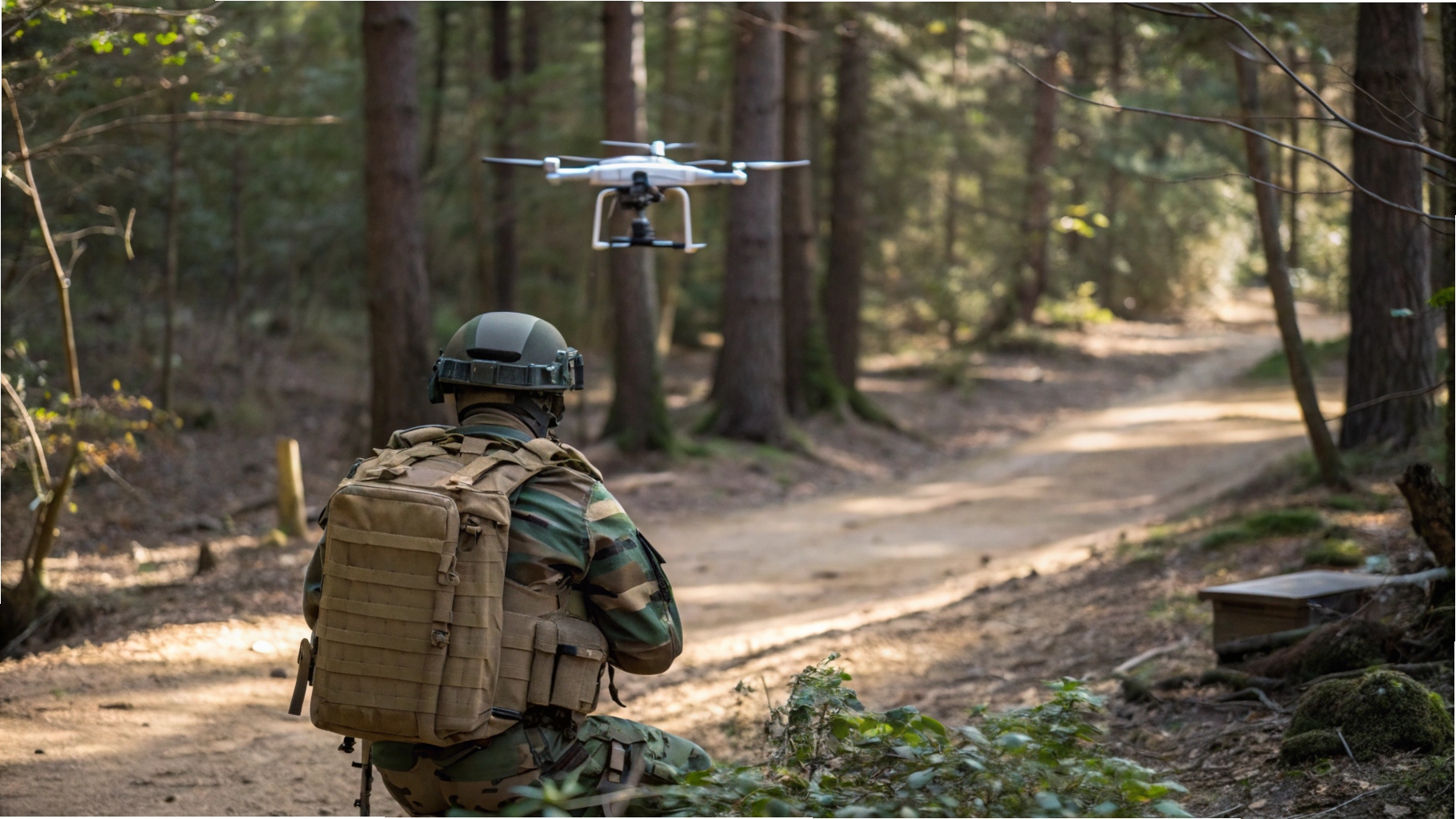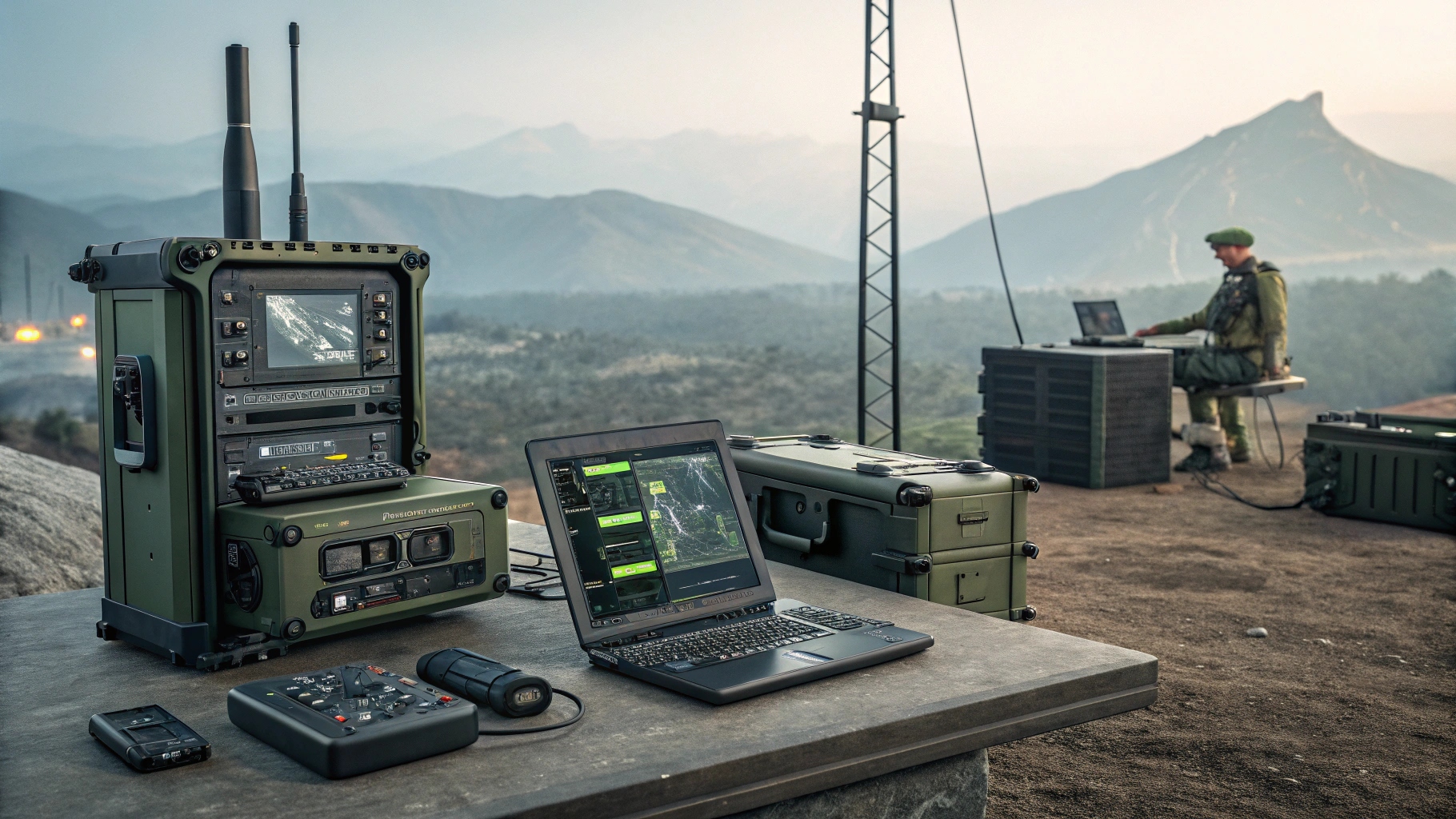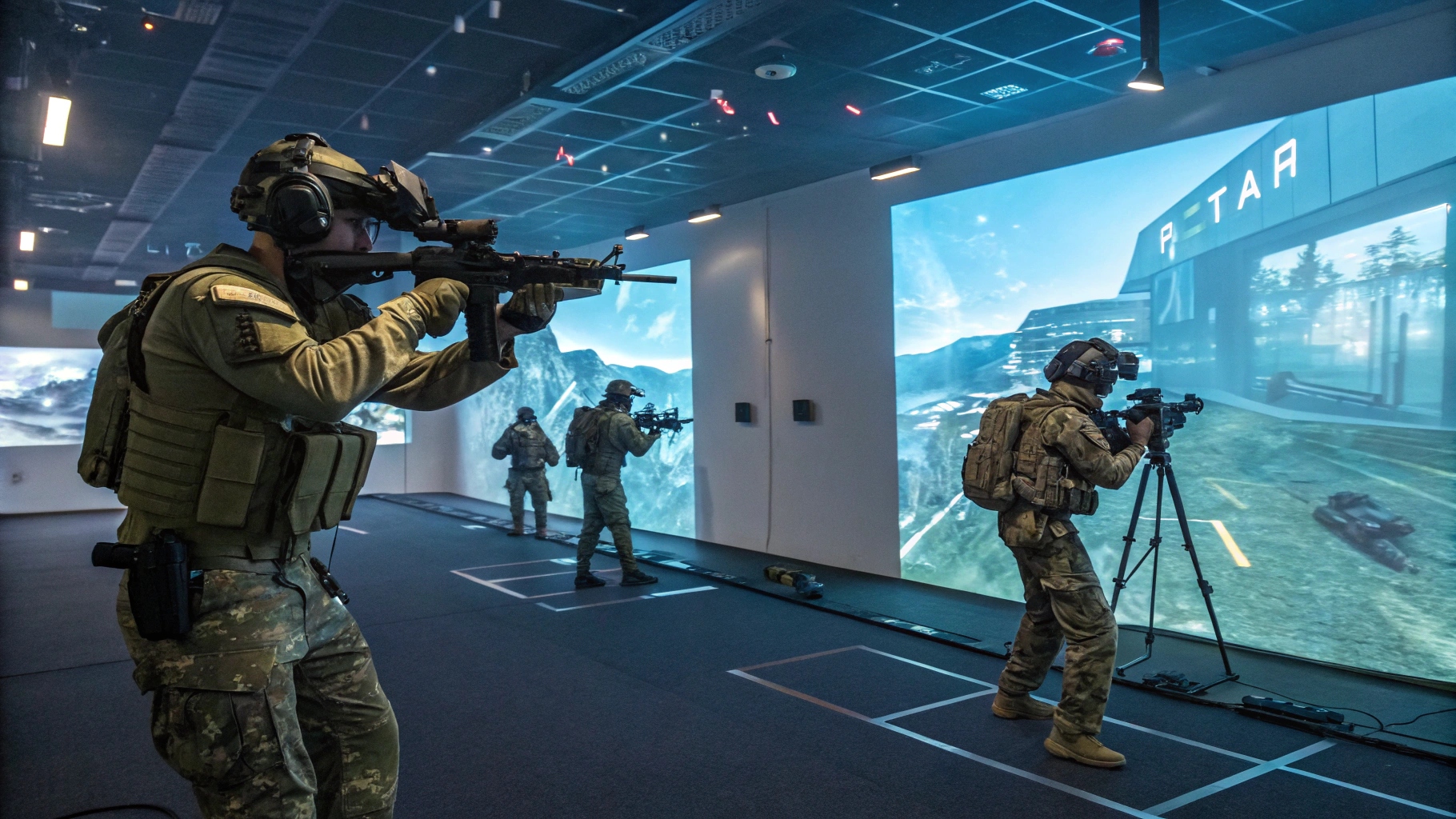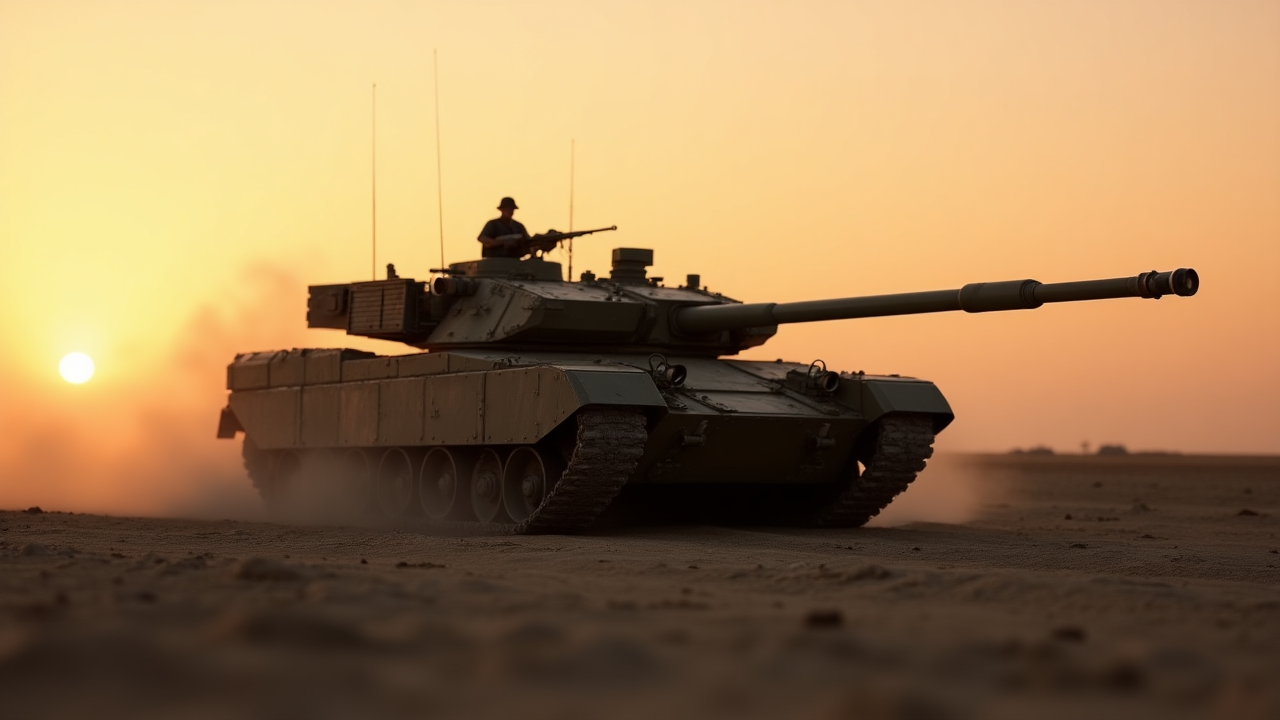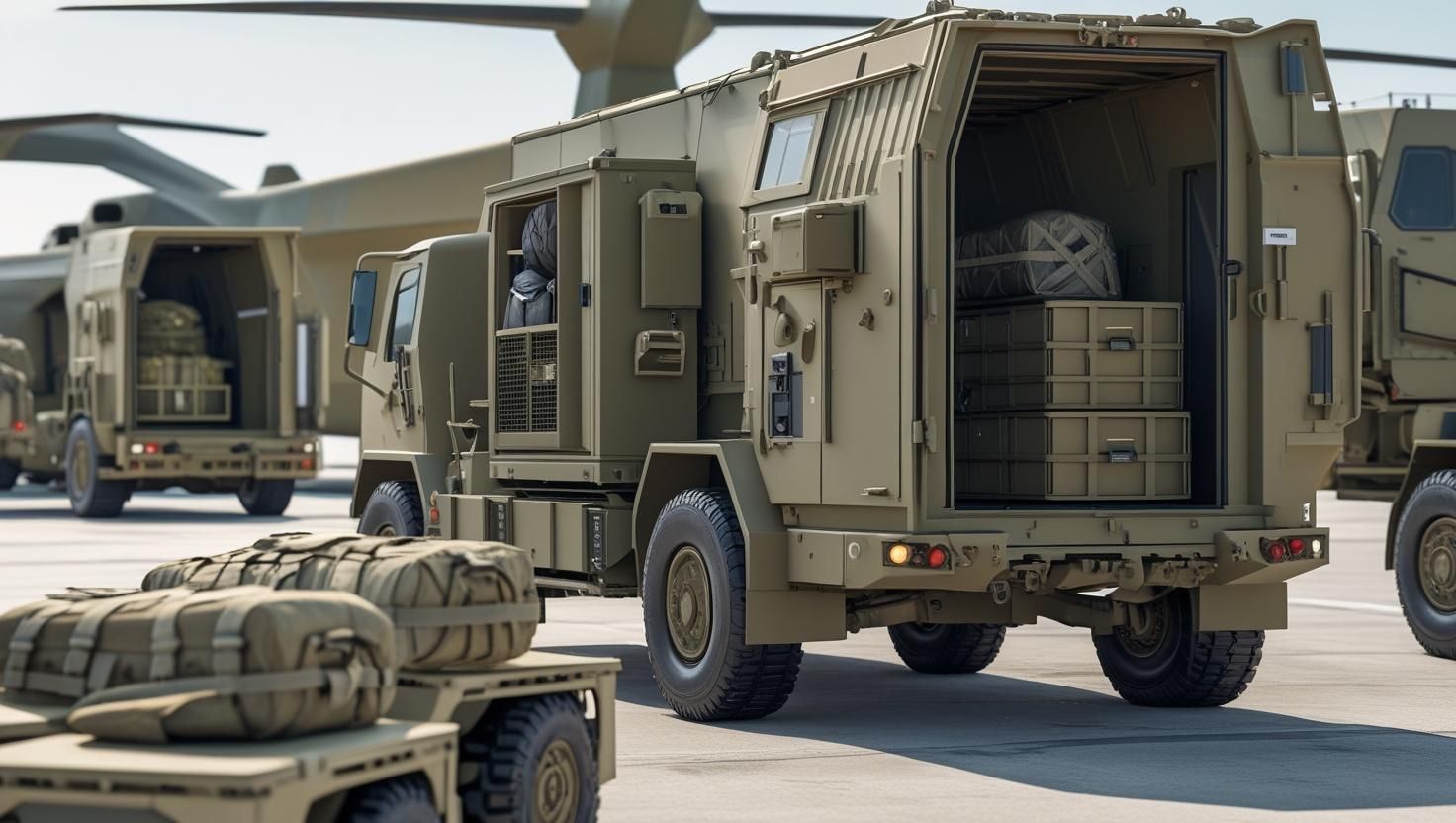
In a continued push to enhance troop survivability, Taiwan is preparing to acquire 48,000 boron carbide body armor plates, as part of a broader initiative to modernize individual soldier protection amid growing regional tensions.
Expected to be produced between 2028 and 2029, the plates are designed to offer protection against armor-piercing 7.62mm rounds and battlefield fragmentation, though specific details such as weight, protection class, and force allocation remain undisclosed.
However, based on their boron carbide composition—an ultra-hard synthetic material—analysts suggest these plates are likely to meet NIJ Level IV protection standards. This would mark a significant enhancement over the military’s current Level III-rated gear, which defends against standard 7.62mm rounds but not armor-piercing threats.
The government has earmarked NT$840 million ($28.2 million) for the project. A preliminary acquisition of 30 plates at NT$1.3 million ($46,900) suggests the initiative is already underway.
Complementing Broader Armor Programs
The boron carbide initiative complements another large-scale armor upgrade launched earlier this year. In February, the Taiwanese defense ministry signed a NT$1.6 billion ($53.7 million) deal for 160,000 ceramic armor plates featuring triple-layer protection—ceramic composites backed with polyethylene fibers.
These new plates are optimized to counter both 7.62mm bullets and 5.8mm steel-core rounds—the latter commonly fielded by China’s PLA forces. The design is modeled after the US Enhanced Small Arms Protective Insert (ESAPI) standard.
Delivery of 60,000 units from this program is expected by late 2025, signaling a phased but aggressive timeline in Taiwan’s soldier survivability modernization strategy.








